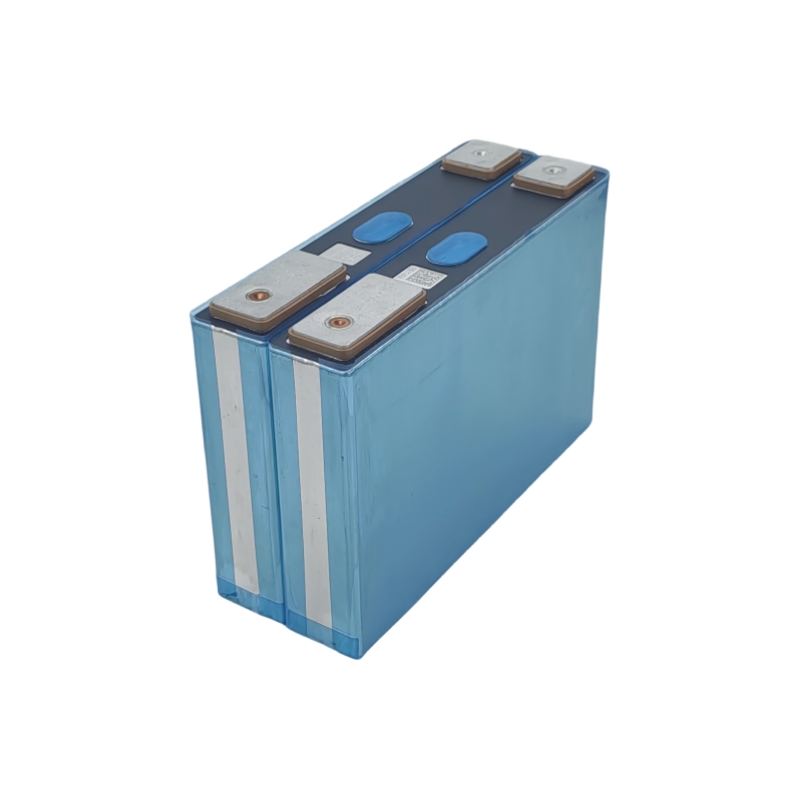
As the new energy wave sweeps the globe, battery technology stands as a critical engine for technological advancement. Among the various options, ternary lithium-ion batteries (NCM/NCA) have rapidly risen to become a market leader, prized for their high energy density, good cycle life, and stability. Playing an indispensable role in new energy vehicles (NEVs), portable electronics, and energy storage systems, these batteries are foundational to modern power solutions. This article explores the true value of ternary lithium-ion batteries, examining their composition, working principles, industry applications, and future prospects.
The term "ternary" refers to the three key metal elements used in its cathode material: Nickel (Ni), Cobalt (Co), and either Manganese (Mn) or Aluminum (Al). This forms the two dominant systems:
1.NCM (Nickel Cobalt Manganese): The most common ternary cathode.
2.NCA (Nickel Cobalt Aluminum): Known for high energy density, used notably by Tesla.
These metal oxides are scientifically blended and embedded within the cathode, providing the foundation for the battery's high performance. Hence, the technical names are Lithium Nickel Cobalt Manganese Oxide (LiNiCoMnO₂or NCM) and Lithium Nickel Cobalt Aluminum Oxide (LiNiCoAlO₂or NCA) batteries.
Each metal plays a distinct and vital role in the ternary system:
Nickel (Ni): Primarily boosts energy density, directly impacting range. High-nickel cathodes are crucial for achieving longer driving distances in NEVs.
Cobalt (Co): Enhances structural stability and optimizes high-temperature performance, serving as a core safeguard for battery safety.
Manganese (Mn) / Aluminum (Al): Manganese improves thermal stability and helps reduce costs. Aluminum strengthens cycle life and power output.
Finding the optimal balance among these three elements is a key competitive focus for manufacturers seeking to fine-tune performance.
Ternary lithium-ion batteries operate as reversible electrochemical systems:
1.Charging: Lithium ions de-intercalate from the cathode (NCM/NCA), migrate through the electrolyte, and embed themselves (intercalate) into the anode (typically graphite).
2.Discharging: Lithium ions de-intercalate from the anode, migrate back through the electrolyte, and re-intercalate into the cathode. Simultaneously, electrons flow through the external circuit, releasing electrical energy.
This reversible process enables good cycle life, making ternary batteries a top choice for powering vehicles and storing energy.
1.New Energy Vehicles (NEVs): Ternary batteries are the preferred power source for most NEVs due to their high energy density and fast charging capability.
Tesla utilizes NCA chemistry to achieve ranges exceeding 700 km.
BYD, Xpeng, and others widely deploy NCM solutions, balancing cost and performance.
Driven by "dual-carbon" goals, the NEV battery market is booming, making continuous innovation in ternary systems vital.
2.Consumer Electronics: Compact yet high-capacity batteries are crucial for smartphones, laptops, and tablets. Ternary lithium-ion technology enables higher capacity within limited space, making it the standard for brands like Apple, Samsung, and Xiaomi.
3.Energy Storage Systems (ESS) & Solar Integration: Ternary batteries are key in addressing the intermittency of renewable energy sources like wind and solar.
Widely used in residential storage, grid peak-shaving, and microgrids.
Their high energy density and rapid response make them excellent for premium home and commercial solar-plus-storage applications.
Despite their advantages, ternary batteries face significant challenges:
High Cost: Significant price volatility of nickel and cobalt, coupled with cobalt's concentration in geopolitically sensitive regions, creates supply chain risks and dependency.
Safety Risks: High-nickel formulations, while boosting capacity, often reduce thermal stability, increasing the risk of thermal runaway.
Environmental Pressure: Concerns over heavy metal pollution from end-of-life batteries are escalating.
The industry is actively pursuing innovations to overcome these hurdles:
Low-Cobalt / Cobalt-Free Batteries: Reducing reliance on scarce cobalt to cut costs and improve environmental sustainability.
High-Nickel + Coating/Doping Technologies: Surface coatings and element doping enhance thermal stability and cycle life in high-nickel cathodes.
Advanced Anode Materials: Graphene, silicon-carbon composites, and others aim to boost conductivity and energy density, pushing performance boundaries.
The valuable metals (cobalt, nickel, lithium) within ternary batteries make them economically attractive for recycling. However, significant challenges remain:
How to efficiently extract metals from spent batteries?
How to minimize secondary pollution during recycling?
Government and industry are increasing efforts:
Policy: Implementing Extended Producer Responsibility (EPR) frameworks and promoting full lifecycle battery management.
Technology: Advancing recycling processes like hydrometallurgy and direct regeneration to improve efficiency and yield.
Ternary lithium-ion batteries are not only the core technology enabling the shift to electrification but also crucial hubs for smart devices and renewable energy integration. As material science breakthroughs, manufacturing optimizations, and recycling systems mature, ternary batteries will find an improved balance between high performance, enhanced safety, and lower costs.
Against the backdrop of global "carbon neutrality" goals, they carry the mission of the energy revolution, steering us towards a greener, smarter future.
Next:None